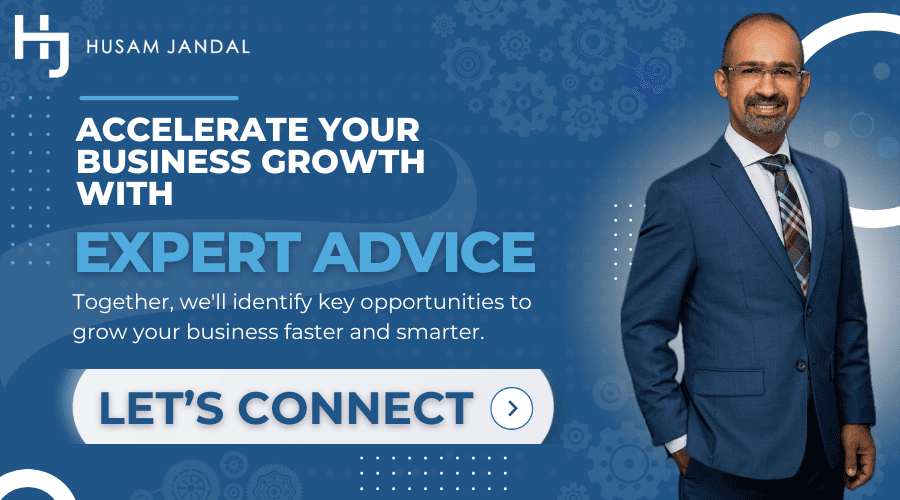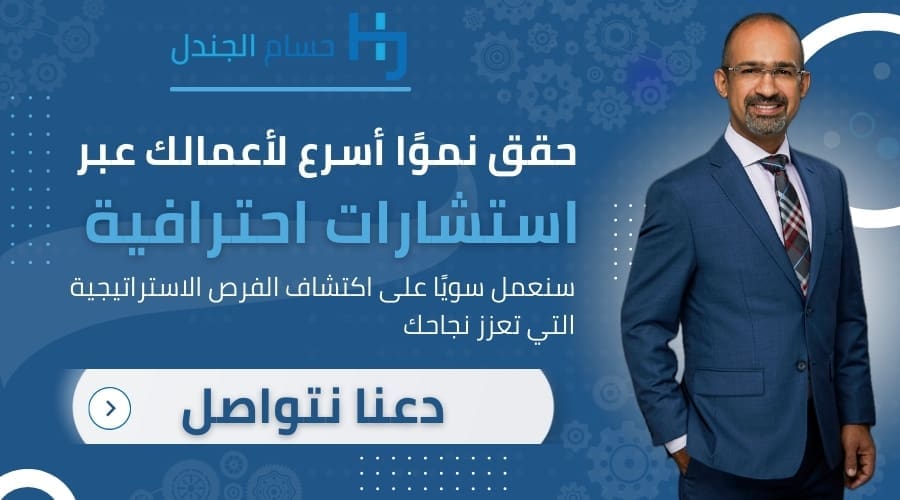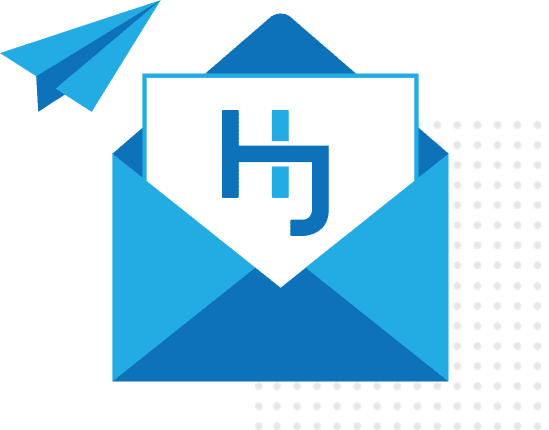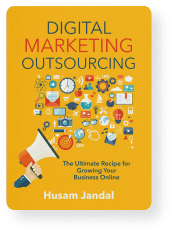 What if I told you that a single tweak in your headline could boost your article’s traffic by 500 percent? Welcome to the world of click-worthy titles. Research shows this is entirely within your reach and that making it happen can be as simple as following a specific formula when you write. Below, you’ll learn this formula and additional tricks to craft click-worthy content titles.
What if I told you that a single tweak in your headline could boost your article’s traffic by 500 percent? Welcome to the world of click-worthy titles. Research shows this is entirely within your reach and that making it happen can be as simple as following a specific formula when you write. Below, you’ll learn this formula and additional tricks to craft click-worthy content titles.
The Foundation of Click-Worthy Titles
Setting the stage with the foundation of click-worthy titles helps readers understand why headlines matter and what makes them effective.
The Importance of Your Headline
Your headline is your content’s handshake, the eye-catcher that compels someone to click and engage. Eight in ten readers don’t make it past your headline, Moz notes. In fact, an article’s traffic can vary up to 500 percent based on the headline alone, the organization reports.
Key Elements of Compelling Headlines
An effective content title combines several key elements to capture attention and entice clicks.
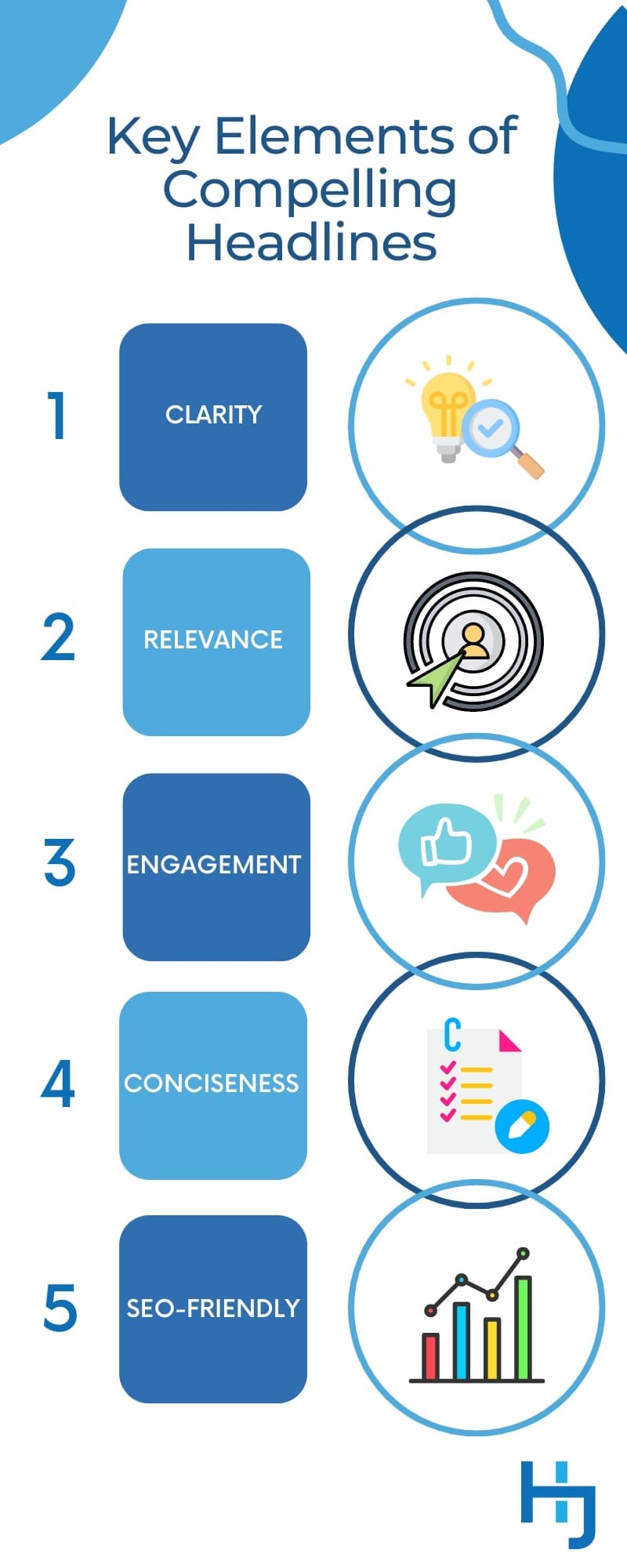
- Clarity: Your headline should clearly convey what the content is about. Ambiguity can deter readers.
- Relevance: Tailor your headline to address the needs and interests of your target audience.
- Engagement: Use engaging words and phrases that prompt an emotional response or curiosity.
- Conciseness: Keep your headline short and to the point. Aim for around six to ten words for optimal engagement of 50 to 60 characters to avoid truncation in search engines.
- SEO-Friendly: Incorporate relevant keywords naturally to improve search engine visibility without compromising readability.
Headline Hacks for Maximum Engagement
Crafting click-worthy content titles is an art and a science. Below, we’ll explore some headline hacks for maximum engagement.
Using Power Words to Evoke Emotion
Power words are terms that trigger an emotional response and can make your headlines more compelling. These words tap into readers’ emotions, prompting them to click on your content out of curiosity, excitement, fear of missing out (FOMO), or other emotional triggers.
Examples of Power Words
- Excitement/Curiosity: “Discover,” “Amazing,” “Revealed”
- Fear/Anger: “Warning,” “Shocking,” “Never”
- Joy/Surprise: “Incredible,” “Unbelievable,” “Fantastic”
For instance, a headline like “10 Unbelievable Tricks to Boost Your Small Business Sales” uses the power word “unbelievable” to create curiosity and excitement.
Leveraging Curiosity-Driven Headlines
Curiosity-driven headlines leverage the reader’s innate desire to know more. They provide just enough information to intrigue but not enough to satisfy curiosity without clicking.
The Formula for Curiosity-Driven Headlines
- The Number: Use specific numbers to quantify the value, such as “5 Tips” or “7 Secrets.”
- The Adjective: Add a compelling adjective like “Amazing” or “Essential.”
- The Promise: Clearly state what the reader will learn or gain. For example, “To Improve Your Marketing.”
- The Cliffhanger: Introduce a sense of mystery or unfinished information. For instance, “You Won’t Believe What Happens Next.”
Example of a Curiosity-Driven Headline
“7 Surprising Ways to Cut Costs That You Haven’t Tried Yet.” This headline promises specific tips, uses an intriguing adjective (“surprising”), and leaves the reader curious about what they might have missed.
Engage with Question-Based Titles
Question-based titles directly engage the reader by making them reflect on their own experiences or knowledge. These headlines work well because they are inherently interactive and thought-provoking.
Example of a Question-Based Title
“Are You Making These Common SEO Mistakes?” This title challenges the reader to self-assess their knowledge or practices, prompting a click to find out if they are indeed making those mistakes.
Connect by Addressing the Reader
Using “you” or “your” in a headline creates a sense of direct communication with the reader. It makes the content feel more relevant and tailored to the individual, increasing the likelihood that they will click through to read more.

Why it Works
- Engagement: Personalization grabs attention and engages the reader on a personal level. It makes the reader feel like the content is speaking directly to them.
- Relevance: Headlines that address the reader directly often convey that the content will benefit them specifically, making it more attractive.
- Connection: It fosters a sense of connection between the reader and the content, making it feel more conversational and less generic.
Examples of Effective Use
- Instructional Content: “How You Can Boost Your SEO in Just 7 Days” or “5 Ways to Improve Your Marketing Strategy Today.”
- Problem-Solving Headlines: “Are You Making These Common Blogging Mistakes?” or “Your Ultimate Guide to Effective Time Management.”
- Benefit-Focused Titles: “Discover How You Can Save Money on Your Business Expenses” or “Unlock Your Potential: Tips for Personal Growth.”
Offer Information with How-To Titles
“How to” titles are a staple in content creation because they promise actionable information and immediate value. Here’s why they work and how to use them effectively.
Examples of Effective How-To Titles
- Basic Instruction: “How to Start a Blog in 10 Easy Steps” or “How to Cook the Perfect Steak Every Time.”
- Advanced Techniques: “How to Optimize Your PPC Campaigns for Maximum ROI” or “How to Use Advanced Analytics to Improve Your Marketing Strategy.”
- Problem-Solving: “How to Fix Common WordPress Errors” or “How to Overcome Procrastination and Boost Productivity.”
From Good to Great: Refining Your Headlines
Moving from good to great with your headlines involves a combination of understanding your target audience and leveraging tools to fine-tune your approach.
Crafting Headlines for Your Target Audience
Understanding your target audience is crucial for crafting click-worthy headlines. Different demographics, industries, and interest groups respond to unique types of headlines.
Know Your Audience
- Demographics: Age, gender, location, and education level can influence what type of headlines appeal to your audience. For instance, younger audiences might prefer more casual and trendy language, while professionals might appreciate more formal and informative headlines.
- Interests and Pain Points: What are the key interests and challenges faced by your audience? Tailoring headlines to address these directly can significantly increase engagement.
Examples of Tailored Headlines
- B2B Audience: “How to Maximize ROI with Advanced PPC Strategies.” This headline appeals to business professionals looking to improve their marketing ROI.
- Lifestyle Audience: “10 Life-Changing Health Hacks You Need to Try Today.” This headline targets individuals interested in health and wellness with a promise of impactful advice.
Utilizing Online Tools for Headline Analysis
There are several online tools available that can help you analyze and refine your headlines to ensure they are as effective as possible. These tools provide insights into the strengths and weaknesses of your headlines, offering suggestions for improvement.
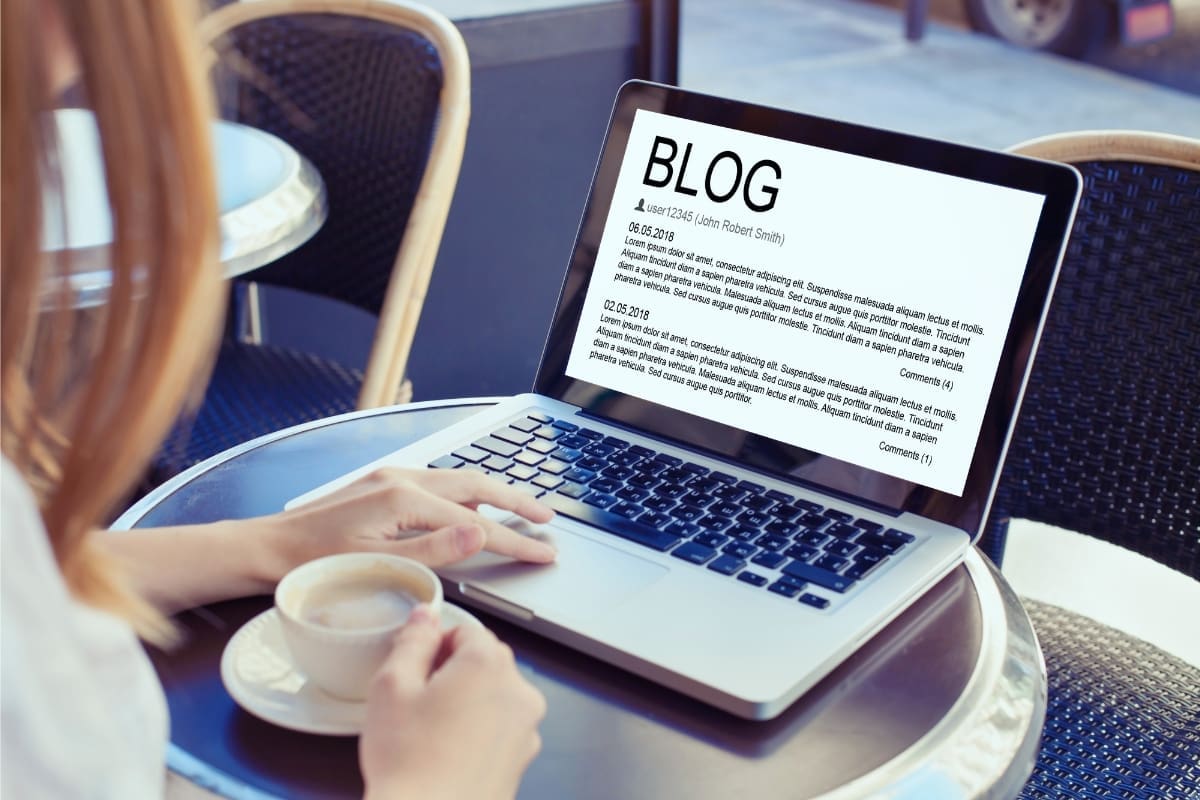
Popular Tools for Headline Analysis
- CoSchedule Headline Analyzer: This tool scores your headlines based on factors such as word balance, length, and sentiment. You can also use CoShedule Headline Analyzer to get tips on improving.
- Sharethrough Headline Analyzer: The Sharethough Headline Analyzer evaluates your headlines’ engagement and impression potential, providing feedback on strengths and areas for improvement.
- BuzzSumo: While primarily a content research tool, BuzzSumo allows you to analyze which headlines perform best for specific topics or keywords.
Example Process
- Draft Multiple Headlines: Create several variations of your headline.
- Analyze Each Headline: Run blog title ideas through a headline analyzer tool.
- Refine Based on Feedback: Use the feedback to tweak your headlines, focusing on improving weak areas such as emotional impact, word balance, and readability.
- A/B Testing: If possible, test different headline variations in real-time to see which one performs better in terms of click-through rates and engagement.
Implementing Your Click-Worthy Titles Across Platforms
Implementing click-worthy titles across different platforms requires a strategic approach, as each platform has its own unique audience and requirements.
Adjusting Your Headlines for Social Media
Each social media platform has distinct characteristics and audience behaviors. Adjusting your headlines to fit these nuances can help you achieve better engagement.
- Emotion and Curiosity: Facebook users respond well to emotional and curiosity-driven headlines.
- Short and Punchy: Headlines should be concise and attention-grabbing.
For example, instead of “How to Improve Your SEO,” try “Boost Your SEO with These 5 Easy Tricks.”
X (formerly known as Twitter)
- Brevity is Key: With a character limit of 280, brevity is crucial.
- Hashtags and Keywords: Use relevant hashtags and keywords for better discoverability.
For instance, “Top 3 Tips to Master PPC Ads #Marketing #SmallBusiness.”
- Professional Tone: Headlines should be professional and informative.
- Value Proposition: Emphasize the value or benefit your content offers.
For example, “Increase Your B2B Sales with These Proven Strategies.”
- Visuals and Captions: Pair your headline with compelling visuals.
- Engagement Focus: Use engaging and relatable language to prompt interaction.
For instance, “Struggling with Content Ideas? Check Out Our Creative Tips! 📈”
Balancing Click-Worthiness with Keyword Integration
Incorporating keywords into your headlines is essential for SEO, but balancing this with creating engaging and click-worthy titles is important.
Best Practices for Balancing Click-Worthiness and Keywords
- Keyword Placement: Place your primary keyword near the beginning of your headline to ensure it’s easily seen by both readers and search engines.
- Natural Flow: Ensure the headline reads naturally. Avoid keyword stuffing, which can make your title sound awkward or forced.
- Engagement and SEO: Combine engagement tactics (like power words or curiosity) with SEO best practices.
Examples
- SEO-Optimized but Engaging: Instead of “SEO Tips for Small Businesses,” try “10 Essential SEO Tips Every Small Business Needs to Know.”
- Balancing Both: “Boost Your PPC Campaigns: Expert Tips for Small Businesses” — This headline includes the keyword “PPC Campaigns” while also being compelling and informative.
Get Help Strengthening Your Content Strategy
Click-worthy content titles are an essential component of your content strategy. However, they can only take you so far alone. Your articles must be designed to engage, professionally written, shared on the proper channels, and more. This is where I come in as a digital marketing consultant. I help brands ensure they have the correct frameworks and processes to maximize each piece’s mileage and return on marketing investment (ROMI). If you’re interested in taking a holistic approach to your digital marketing, connect with me for a complimentary consultation.
FAQs on Crafting Click-Worthy Content Titles
How do you create a compelling headline for a blog post?
To create a compelling headline, use a mix of power words, numbers, and clear benefits. Tailor the headline to your target audience, keep it concise, and ensure it addresses a specific need or interest.
Why is it important to use power words in headlines?
Power words evoke emotions and prompt action. They make your headlines more compelling and can significantly increase click-through rates. Words like “amazing,” “ultimate,” and “essential” can make your content more attractive and engaging.
What are some examples of curiosity-driven headlines?
Examples of curiosity-driven headlines include: “7 Secrets to Boost Your Sales You Haven’t Heard Before,” “The Surprising Truth About SEO,” and “What Happens When You Stop Using Social Media for a Month?” These headlines pique interest by promising unexpected insights or results.
How can I make my headlines more engaging on social media?
Tailor your headlines to each platform. Use emotional and curiosity-driven words for Facebook, brevity and hashtags for X, and professional, value-driven language for LinkedIn—pair headlines with compelling visuals on Instagram.
What tools can I use to analyze and improve my headlines?
Tools like CoSchedule Headline Analyzer, Sharethrough Headline Analyzer, and BuzzSumo can help analyze and improve your headlines. These tools provide insights into emotional impact, readability, SEO optimization, and overall engagement potential.
How do you balance keyword integration with click-worthy headlines?
Place primary keywords near the beginning of the headline for SEO while ensuring the title remains engaging and natural. Avoid keyword stuffing. For example, “10 Essential SEO Tips Every Small Business Needs” balances keywords with an engaging premise.
Why should you address the reader directly in headlines?
Addressing the reader directly with “you” or “your” creates a sense of personalization and relevance. It engages readers by making the content feel tailored to them, increasing the likelihood of clicks and deeper engagement.
What are the benefits of using “how to” titles in content creation?
“How to” titles promise actionable, practical information. They set clear expectations and attract readers looking for solutions or step-by-step guidance. These titles are highly effective for engagement and often perform well in search engine results.
How can I tailor my headlines to different social media platforms?
Adjust your headlines to fit each platform’s style and audience. Use emotional and curiosity-driven headlines for Facebook, concise and hashtagged titles for X, professional and informative headlines for LinkedIn, and visually appealing captions for Instagram. Tailoring enhances relevance and engagement.

